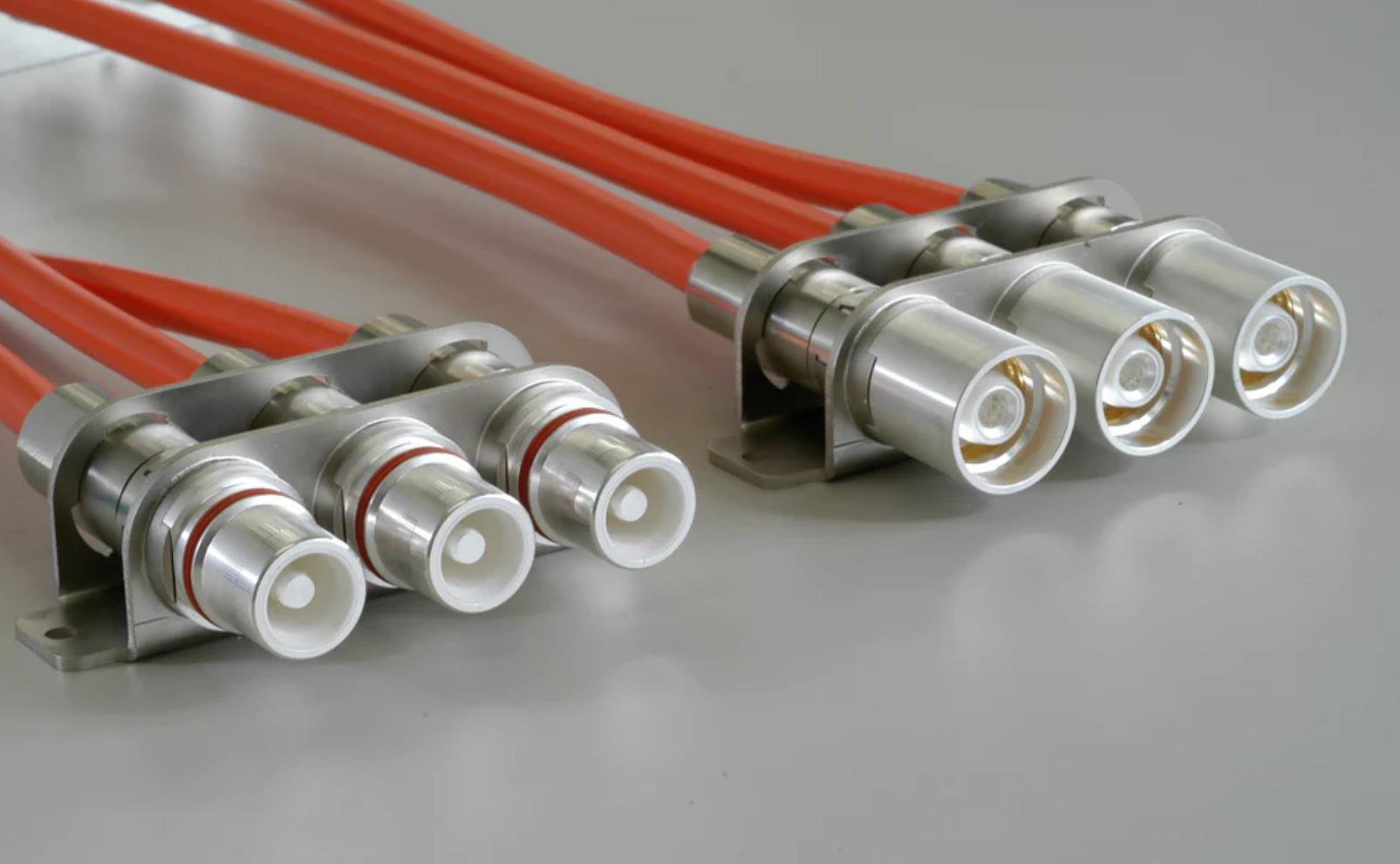The triaxial connector is different from the ordinary two-core connector. It can connect the signal, grounding and shielding layers at the same time, and the shielding effect is good. The triaxial connector has a center contact and a middle cylindrical contact in shape.
The connection of triaxial connectors generally adopts bayonet connection (TRB series) and screw connection (TRT series), in addition to the ultra-small TRS connector, STRB connector and STRT connector series.
Among them, the bayonet connection is usually a triaxial BNC connector. On the basis of the two bayonet (2 ears), the socket adopts a three-pin (3-ear) connection structure, and the matching plug adopts a three-spiral groove (three bayonet) connection structure , This structure is convenient, reliable, stable in electrical performance, and can be quickly plugged and unplugged. Its connection is more reliable than the traditional BNC2 ear connector, and it can withstand severe shock and vibration.

Triaxial BNC connectors are mainly used in sensitive electronic measurement systems. They cannot be directly matched with ordinary BNC connectors, but can be connected to ordinary BNC connectors through adapters (or adapters).
Triax cables are typically used for the internal connections of cameras and related equipment. In use, the quality requirements for triaxial cables are mainly flexibility and flex life. At present, RF triaxial cables and connectors for data buses are mainly used in aviation and many commercial fields, such as telemetry, radar, data networks, airports, etc., and are also widely used in digital data trunks, video pairs, and baseband circuits. and other noise-free advanced protection circuits.